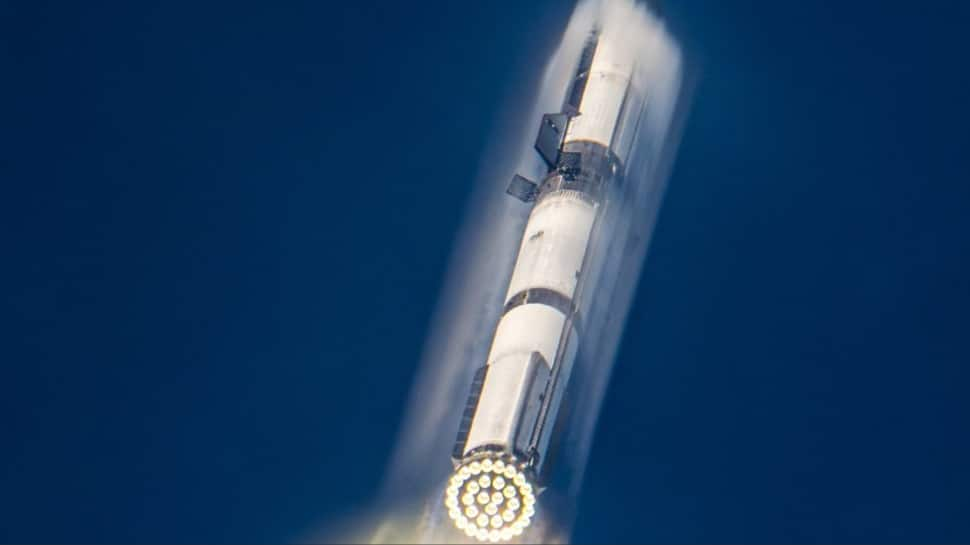In a significant milestone for its Starship program, SpaceX completed a critical test flight on Tuesday, with both the Super Heavy booster and the Starship upper stage executing controlled splashdowns in their target regions. The test launch from the company’s Starbase in Boca Chica, Texas, was the tenth integrated flight test of the fully reusable rocket system.
Booster Performs Controlled Splashdown In The Gulf
Shortly after separating cleanly from the top stage, the Super Heavy booster, measuring as large as a building, started a series of intricate maneuvers for its intended descent. Instead of trying a “chopstick” catch by the launch tower, the booster performed a controlled flip and a set of engine fires before splashing down into the Gulf of Mexico. This method was intended to offer engineers key information on engine performance and aerodynamics within a controlled environment and mimic possible engine-out conditions for subsequent landing attempts.
Splashdown confirmed! Congratulations to the entire SpaceX team on an exciting tenth flight test of Starship! pic.twitter.com/5sbSPBRJBP
— SpaceX (@SpaceX) August 27, 2025
Starship Stage Reaches Near-Orbital Velocity
While the upper stage of the Starship was still climbing, it deployed eight Starlink satellite simulators and fired an engine in the emptiness of space—a key test for moon and Mars missions in the future. The Starship then reentered the atmosphere for a high-speed test, withstanding extreme thermal and aerodynamic stress before splashing down in the Indian Ocean as planned.
The flight, coming after a series of previous failures, is being celebrated as a huge success for SpaceX’s process of iterative and quick development. The information collected from the flight will be utilized in making improvements to the design of future vehicles while the company aims at its final objective, which is a completely reusable rocket system that will provide low-cost frequent space travel.

